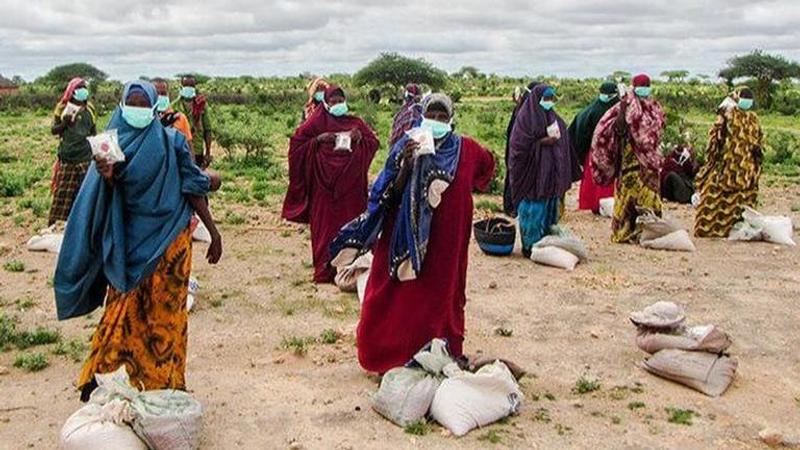Published 08:40 IST, October 11th 2020
Uganda: Food aid cuts, COVID-19 pandemic leave refugees at the brink of starvation
In Uganda, nearly 500,000 refugees do not have sufficient food to eat, a crisis that has emerged from the disastrous combination of COVID-19 and severe aid cuts

In Uganda, nearly 500,000 refugees do not have sufficient food to eat, a crisis that has emerged from the disastrous combination of COVID-19 and severe cuts to food aids. As per the Integrated Food Security Phase Classification (IPC), over 91,000 people living in 13 refugee settlements in Uganda were experiencing severe food shortage. In addition, there were more than 400,000 refugees at the crisis hunger levels.
The shortages even affect children as more than 135,130 have been found to be acutely malnourished and in need of immediate treatment. As per the IPC, the situation could worsen if additional cuts are made in food supplies to the hard-hit refugee camps.
Cuts in food aid were first made in April, when the Nobel Peace Price winning World Food Programme announced a 30 percent reduction to food rations and cash transfers to more than 1.4 million refugees. Unfortunately, the cuts coincided with the COVID-19 pandemic which left the refuges without work or additional means to feed themselves and their families.
About World Food Programme
Established in 1961, the Rome-based United Nations’ food-assistance branch remains the world’s largest humanitarian organisation addressing hunger and promoting food security. The WFP was created as an experiment to provide food assistance through the United Nations channels. WFP was initially tasked with emergency aid and rehabilitation, however, in 1963, the aid group launched its first development programme in Sudan. In 1965, WFP was enshrined as a full-fledged UN programme and was to last for “as long as multilateral food aid is found feasible and desirable”.
WFP is also the largest humanitarian organisation implementing school feeding programmes worldwide and in 2019, it provided school meals to more than 17.3 million children in 50 countries. The aid group says that it meets people’s food needs through cash-based transfers that allow the people they serve to choose and shop for their own food locally.
Image: reliefweb/Twitter
Updated 08:40 IST, October 11th 2020




